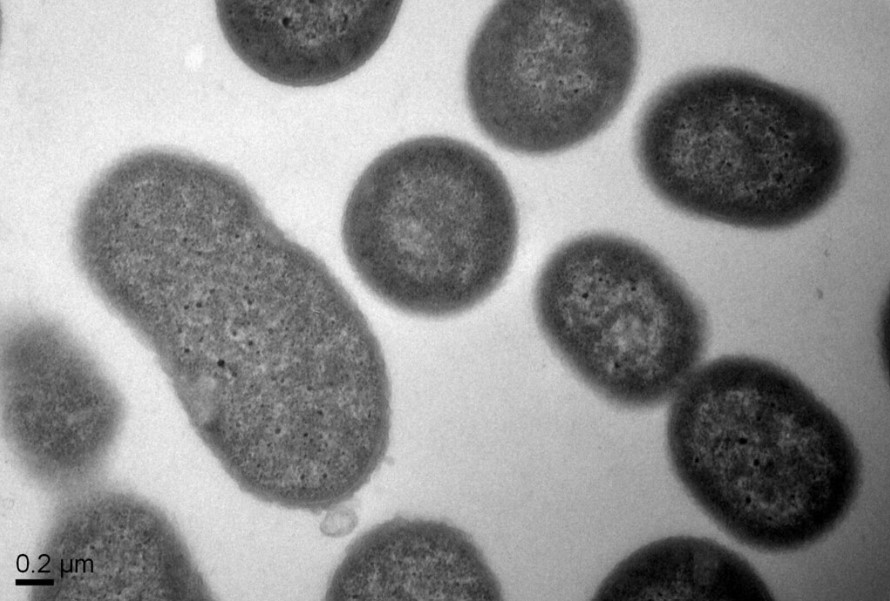How did Elon Musk grow his hair back? 6 Options
If you are currently reading this article, you’ve probably noticed that Elon’s hair has changed quite a lot and looks
Men around the world, regardless of age, fear of losing their hair or going bald unites the masses. In this blog, I will discuss a common type of hair loss in men, Androgenic Alopecia (AGA), also known as Male Pattern Hair loss, answering the most common questions.
Androgenic Alopecia is the leading cause of hair loss in men and will affect up to 80% of males by the time the reach 80 years of age. (1) The onset is usually around the mid twenties and will start as a receding hairline or thinning of the crown area.
Androgenetic Alopecia is loosely translated into – hair loss caused by androgens. The androgens in this case are the hormone Testosterone. Free testosterone in the body is converted into a more potent form called DHT (dihydrotestosterone) by the enzyme 5-alpha-reductase. The DHT causes the hair follicle to slowly stop producing terminal hair and instead have a shorter growth cycle resulting in shorter, fine hairs vellus hair, found on other areas of the body.
AGA is an autosomal dominant trait, which means that it can be inherited from either the mother or father although it is not normally expressed in women due to low levels of testosterone.
The first symptom of AGA is usually a receding hairline. The Hamilton–Norwood classification system shows the clinical progression of hair loss (2). The diagrams depicts 7 stages of hair loss which all start with a general regression of temple hair. However this study was not without its flaws as it was only conducted on caucasian males and may not include racial differences.
Once you start to notice hair loss it is imperative to speak to a professional who can accurately diagnose and prescribe the correct treatment options. AGA is notoriously difficult to treat but there are other contributing factors which have been known to speed up its progression.
Often once it’s very hard to stop or reverse without the use of drugs. There are two medications on the market that are commercially available and have been used as a treatment option for treating male pattern baldness and receding hairlines.
Both of these medication have very serious side effects which some men will find outweigh the rewards of increased hair growth. They are mostly due the the lowering of testosterone which can affect libido, erectile function and other blood vessel disorders.
If you have realised that you’re suffering from alopecia or just general thinning of your hair, there are several steps you can take to reduce the visibility of the hair loss and hide if you so choose:
Only certain parts of the scalp are affected by AGA, so even if you experience loss in certain areas you may still be able to grow hair to a reasonable length to hide or shield thinning areas.
Hair fibers can be used to darken of fill sparse areas, reducing the visibility of the scalp.
For more widespread hair loss, a wig or toupee can be used in conjunction with the remaining hair for a seamless blend that is virtually undetectable.
Many men opt to have a hair transplant as a more permanent action to tackle AGA. Donor hairs are taken from the occipital area and inserted into the hairline and crown. This can be expensive but the technology is rapidly improving for less scarring and better results. It is important to note that some people require several surgeries and the newly implanted hairs do not always take or causing subsequent growth.
References
If you are currently reading this article, you’ve probably noticed that Elon’s hair has changed quite a lot and looks

How Does Swimming Affect Your Body? Individuals swim for a variety of reasons including recreation, competition, and health. Regardless of

Lifestyle Tips For Better Overall Health The way you go about your daily life has a massive and direct impact

How Do Infections Work and What Are Their Effects on the Body? From Hippocrates’s writings about the spread of disease

How To Make a Good Impression in a Job Interview When it comes to getting a job, interviewing may seem